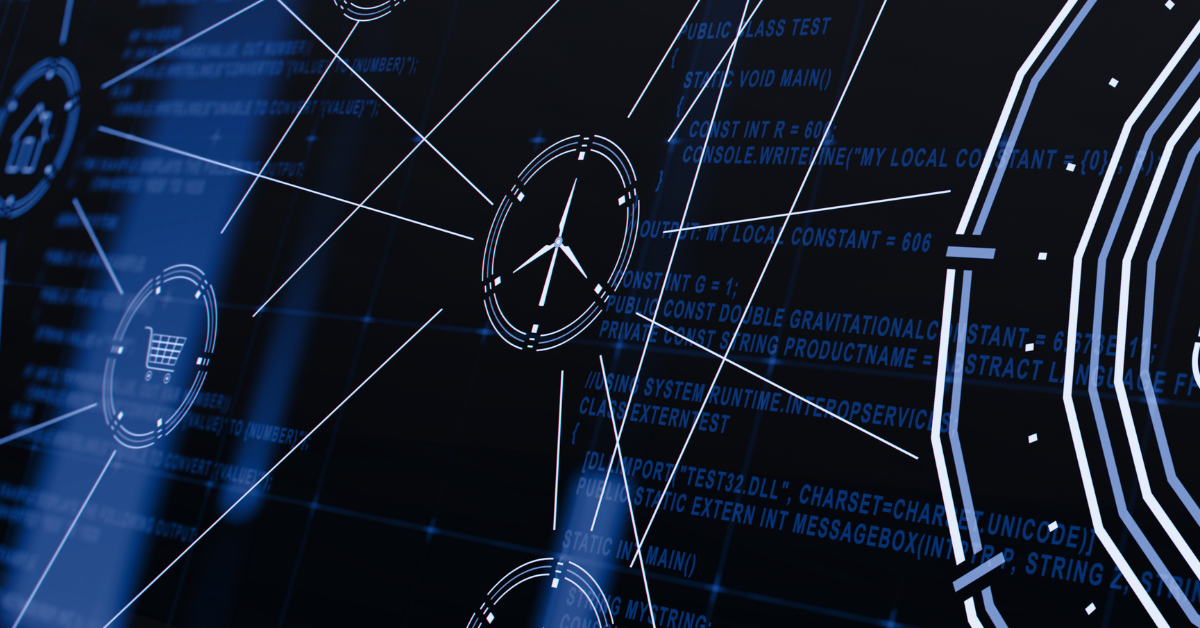A Disaster Recovery Solution
Experts Predict an Active Hurricane Season. Do You Have a DR Solution in Place?
Researchers at Colorado State University predict that seven hurricanes and 14 named storms will form in 2018. The Weather Company expects 13 named storms, including eight hurricanes – including two of Category 3 or higher.
No matter how you look at it, the 2018 Atlantic hurricane season, which runs from June 1 to November 30, will be another big one. There’s a greater than 60% chance of one hitting the U.S. coastline. And considering last year’s storms caused nearly $200 billion in damage, you need to consider how your business will prepare for the threats ahead
So when one of these natural disasters hits, what will you do when technology stops working? How will you ensure your data is safe and how will you continue to operate business as usual?
You Need to Protect Your DataFrom the Unexpected
You need a Disaster Recovery (DR) plan in place to ensure business continuity in the event of a disaster or major power disruption. It’s that simple. Don’t risk losing your valuable data from an unplanned disruption, outage or downtime.
Whether you already have one in place or need to revise it, a DR plan should be personalized and comprehensive. It should be created in context of your business continuity plan and include recovery strategies. Here’s where you can start:
- Identify critical applications and vulnerabilities. Determine what services and systems support critical business activity
- Double check data backup. Where is your data? Is it properly backed up in a second location?
- Establish recovery objectives and timelines.If something happens, how long do you need systems restored before unacceptable consequences occur?
- Determine Incident response protocols. What staff members will be in charge and what steps need to happen first?
Without a DR plan, you’ll waste time figuring out what to do instead of recovering from it. And if your data is stored off-site in the cloud or connected to a private network, you need to consider the services they provided for DR too.
Is Your Colocation Facility Fully Equipped?
An essential aspect to consider in DR planning is ensuring your colocation or data storage facility is fully equipped with the necessary infrastructure to protect your data from a natural disaster.With the right partnership, you can rest assured that your network, servers and stored data is safe. You’ll still have control, you’ll just know your data is in a secure secondary location.
When moving data to a colocation facility – especially if you’re on the coast – you should prioritize automatic data protection, email hosting and physically secure infrastructure. Here’s what Cologix does to ensure our customers’ data is secure:
- 24/7 Security: You won’t have to worry with virtual and physical security and monitoring systems. We have multi-factored authentication and access control, plus biometric authentication and customizable cabinet locking options.
- Direct Access to Customer Support: This is big. When something hits your data center, you want to get connected to someone quickly. Local technicians are on staff.
- Relentless Infrastructure: To ensure you can continue business as usual, we put in a variety of power entrances, generators and uninterruptible power systems. Some of our buildings can take winds of over 170+ mph and are placed 20 stories above sea level.
Cologix strongly emphasizes Disaster Recovery in their colocation facilities, particularly those in Lakeland and Jacksonville, Florida. Our facilities can withstand hurricane Category 5 forces and accommodate changing power density and cooling needs when the weather gets rough.













